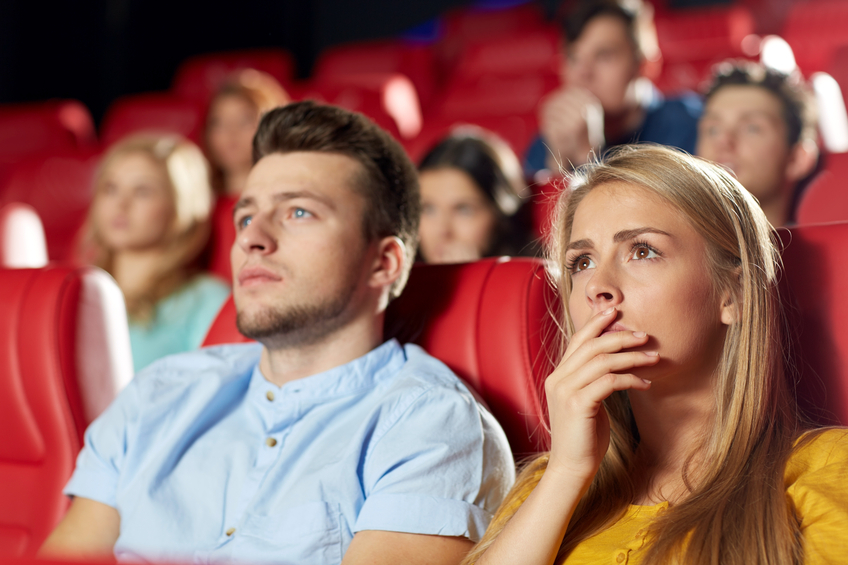
Watching emotional films and plays brings us closer together and can even boost our physical pain thresholds, scientists have shown.
Researchers studying the effects of fiction on our emotions compared levels of endorphins released by people who had watched a sad film and those had watched a less hard-hitting documentary.
To measure the levels of the feel-good chemical, that increases pain tolerance, the team from Oxford University asked participants to do a wall-sit test and found that those who had watched the sad film could hold the physically taxing position for more than 13% longer than they could before the film.
On average, those who watched the documentary could only hold the position for nearly 5% less time on the second attempt.
The wall-sit involves the participant holding an unsupported seated position with their back against the wall for as long as possible. The emotional film chosen was Stuart: A Life Backwards, telling the story of a disabled child abuse survivor who eventually commits suicide.
Questionnaires answered by participants also showed that they felt a stronger bond with their fellow viewers than those in the group who watched the documentary.
The study was part of the team’s investigation into why we often find ourselves transfixed by fiction, and whether the effects have any benefits.
They say that, while folklore has been a culturally important way of passing on wisdom and values through generations of a community, this does not explain why we return to the same stories to be entertained.
Oxford professor of evolutionary psychology, Robin Dunbar, said the results suggested that our interest in emotive fiction may be because of its positive effect on social groups and our endorphin levels.
“It seems that our affinity for emotive fiction may have evolved in the context of bonding social groups,” he said. “As we have also seen this endorphin effect in laughter, singing and dancing, it seems storytelling is part of a group of social activities that bring people together.
“This is not to say that this one chemical effect alone is the only reason for dramatic fiction – there are other aspects of human psychology at work – but we believe that it is an important reason for our enjoyment of fiction.”
READ MORE
Mum’s the word for Bridget Jones in latest film
Family matters in the cinema world in new film Morgan directed by Ridley Scott’s son Luke

Enjoy the convenience of having The Sunday Post delivered as a digital ePaper straight to your smartphone, tablet or computer.
Subscribe for only £5.49 a month and enjoy all the benefits of the printed paper as a digital replica.
Subscribe